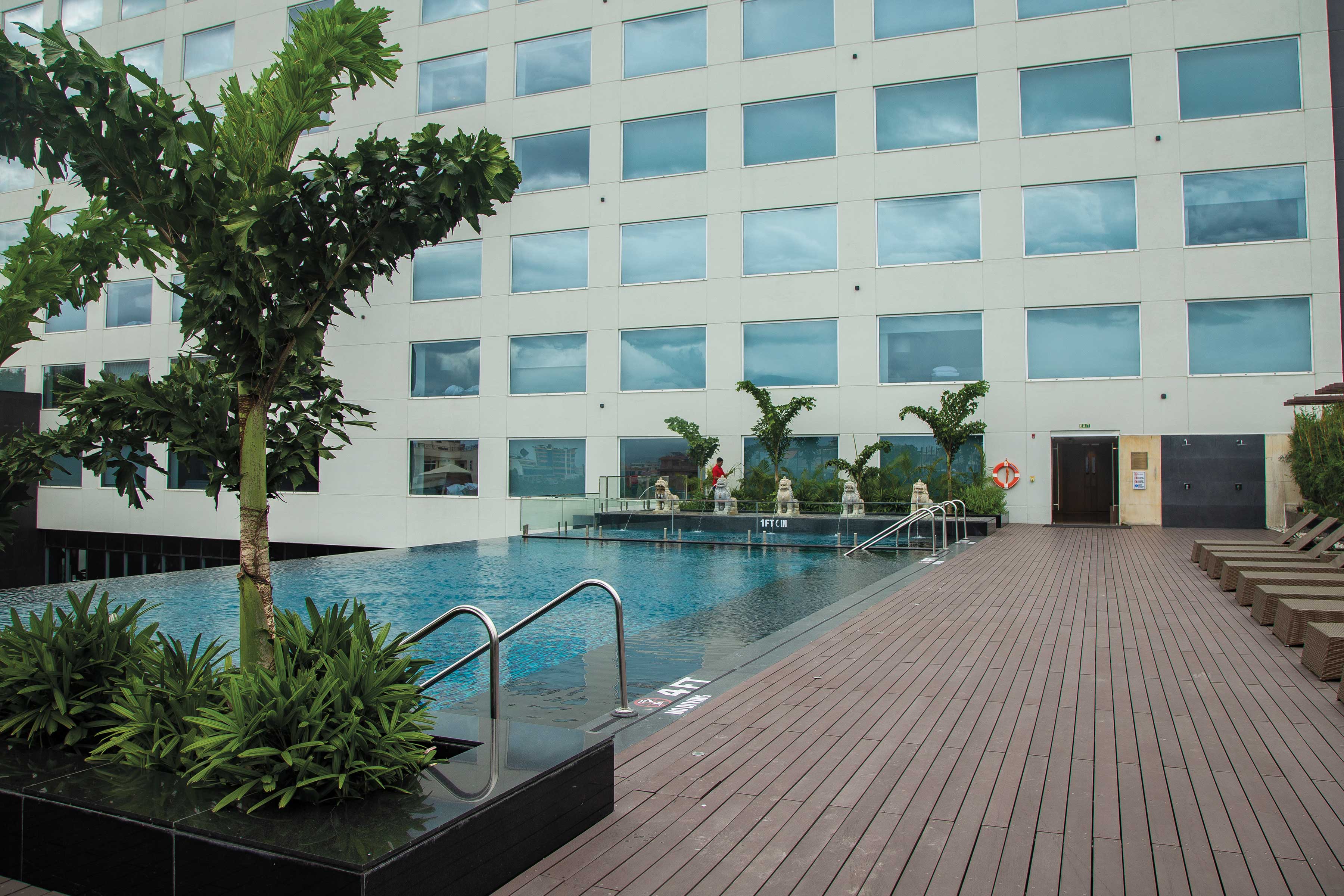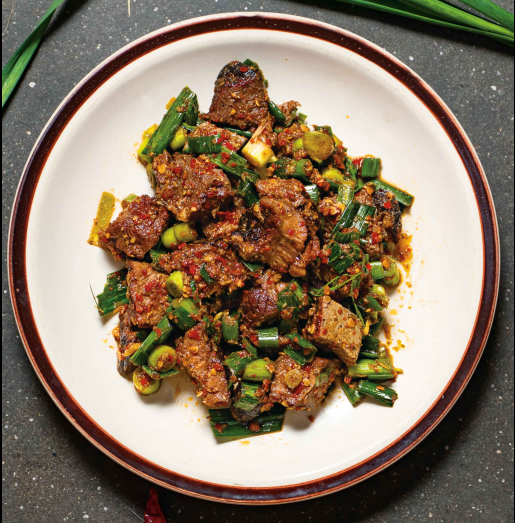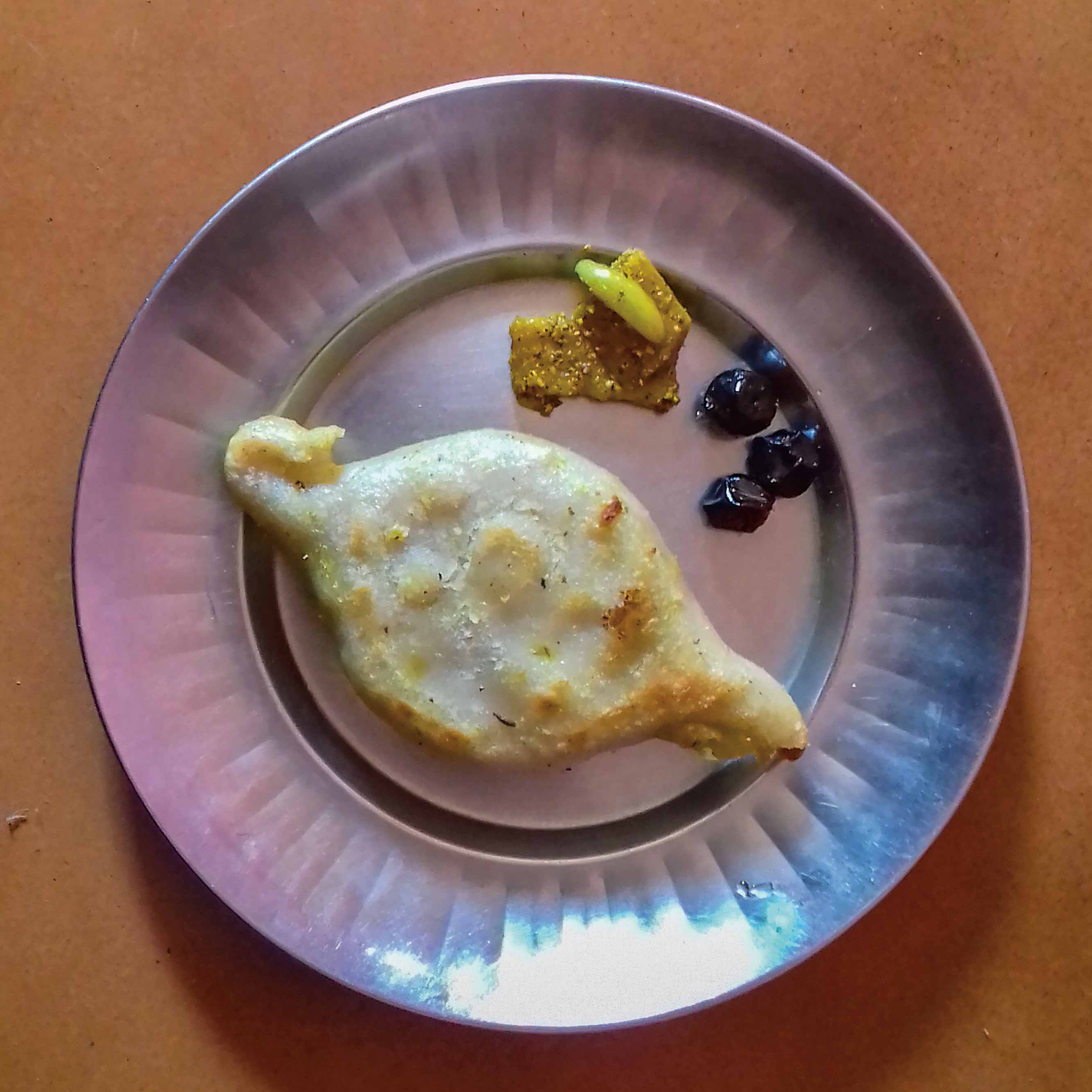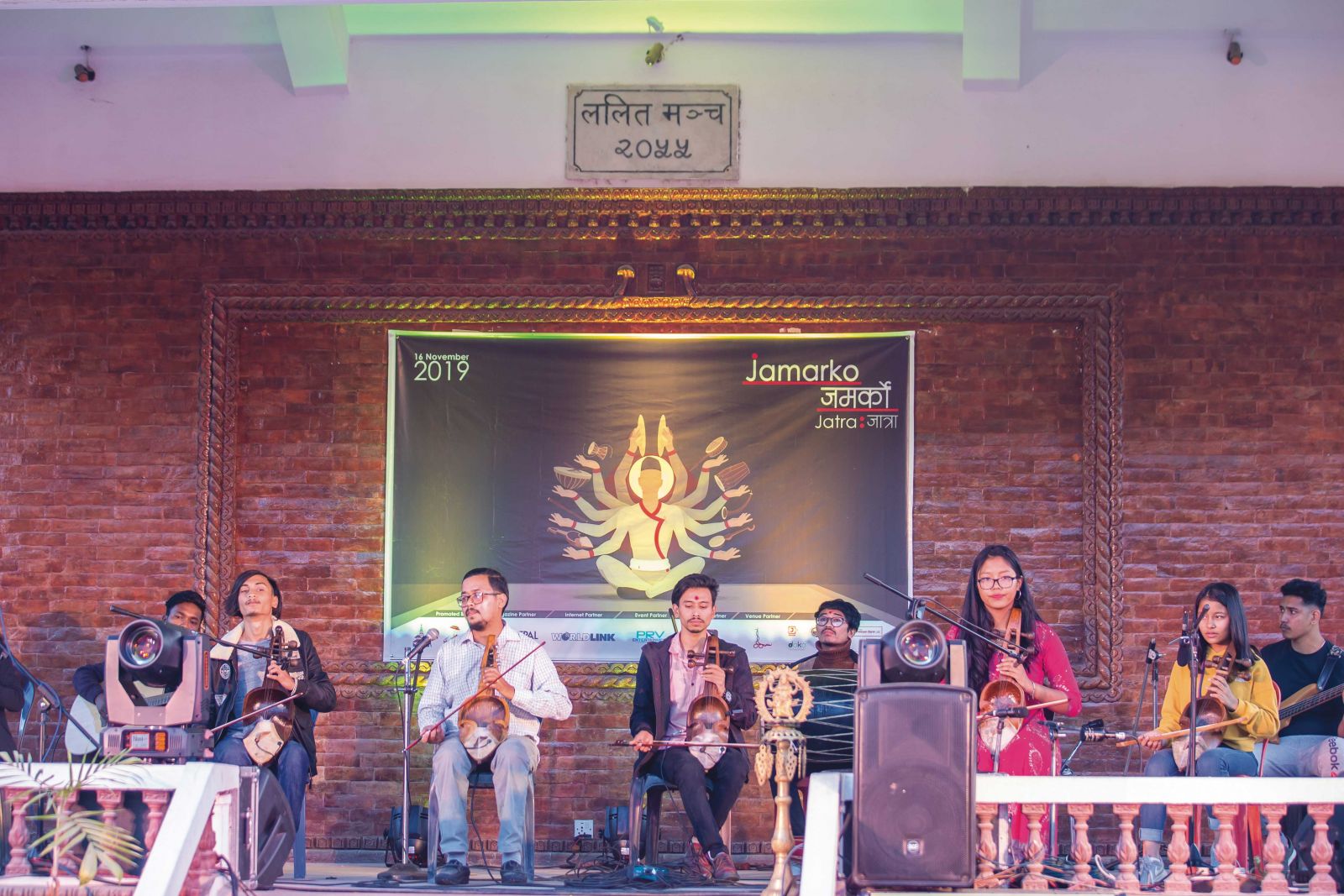
Music has existed since the dawn of humankind. It knows no language, no caste, no boundaries. Music isn’t a human possession alone. Even birds know how to sing. Nature in all its infinite glory produces sounds like the swift passing of a gentle breeze, the tapping of the flowing river on its riverbed, and, I would go as far as to say, even insects create music though human ears might not be attuned to it. So, the question arises--what is the purpose of music? Is it not to help one forget a thousand petty worries and daily sorrows of life? Is it not to bring a whole community together? Well, Jamarko 2019 succeeded marvelously at these goals.
Jamarko has been an annual event since 2016. Project Sarangi is behind its brilliant conception and execution. Project Sarangi, as the name itself suggests, is an institute whose sole aim is to conserve and promote the sarangi, a Nepalese instrument which can be thought of as a slightly different version of the violin. Every year, they put together a concert of various instrumental bands, which mostly play traditional music. This year, these ethnic bands were from the Newari, Tamang, Brahmin-Chettri, Magar and other communities.
They played instruments such as madal, tungna, dhime, sahanai, basuri, khein, sarangi and countless others, some of which aren’t identified with a single ethnicity. They have become a common Nepali heritage! It all stood like a magnificent mosaic of different ethnicities, their instruments and their folk tunes (Dhuns). Watching them play their hearts out with boundless joy was an overwhelming moment. They say, “Music is for the soul!” This event managed to touch the Nepali soul!
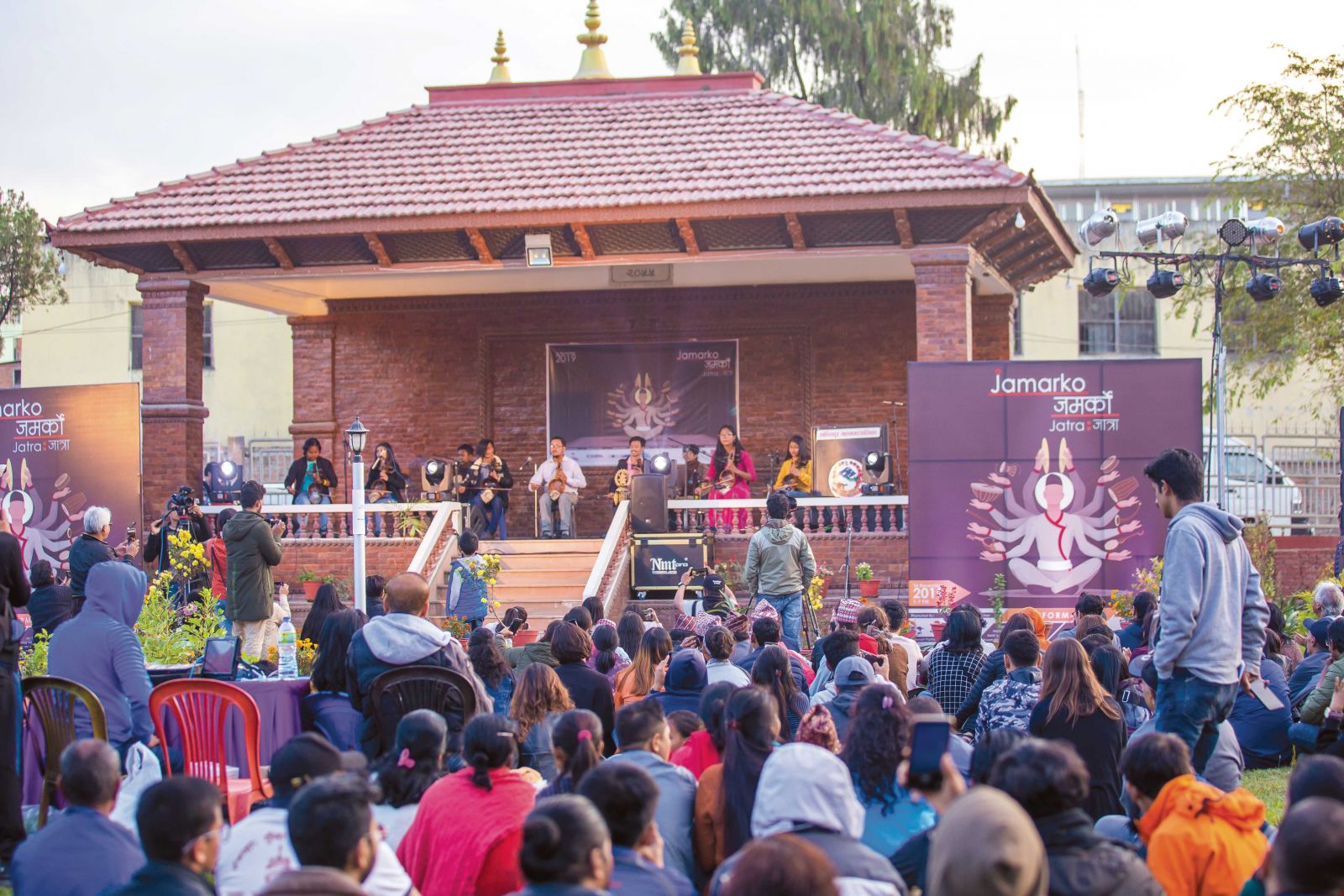
Nowadays, we are flooded with Hindi music, English music and K-Pop. We know who their stars are and even their life histories. We know about their diets and their relationships. We have elevated them to the status of demi-gods. At the same time, we are struck with how limited our knowledge is of Nepali movies and music. We barely ever go watch them. We barely ever buy a Nepali album. Some might even assume that there is nothing worth listening to in Nepali music. That Nepali music isn’t as good as foreign tunes. Jamarko provides a staggering evidence of how wrong we are. The bands brought the audience to their feet.
They were completely engaged and energized by the performances. As a familiar tune came up, they enthusiastically took out their smartphones and began recording it (most likely to share it on Instagram). It was a spectacle to watch! It proves how powerful Nepali folk music can be. Maybe it hasn’t been presented right for the urban youth or marketed right.
I watched with awe as Indira Lachhimasyu played different instruments such as the kar khein, pachima, lala khein, nagara, dhime, nya khein, maling, and shichya bhuchya. Traditionally, in the Newari community, women were not even allowed to touch musical instruments. They weren’t even allowed to enter while the Nitya Puja was being performed. And here she was, taking on all those instruments. It was a prime example of women empowerment. Society has changed or, it’s safe to say, Indira, with her profound determination, changed society in her own unique way, and is leaving a glorious legacy.
She has broken the stereotypes. She has inspired other young women. She is on a mission to preserve our traditional musical instruments. She said, “These instruments are not something just to be looked at in museums. They are to be played and I am doing my best to make it happen.” True to her words, she is giving lessons to both men and women who want to learn. She talked about how she has overcome many gender barriers but she never gave up on her dreams. In the event, she played with amazing gusto the famous Newari song, Sirsaya Heku Jimi Dai Cha Bewagu, on her instruments. She remains a fighter!
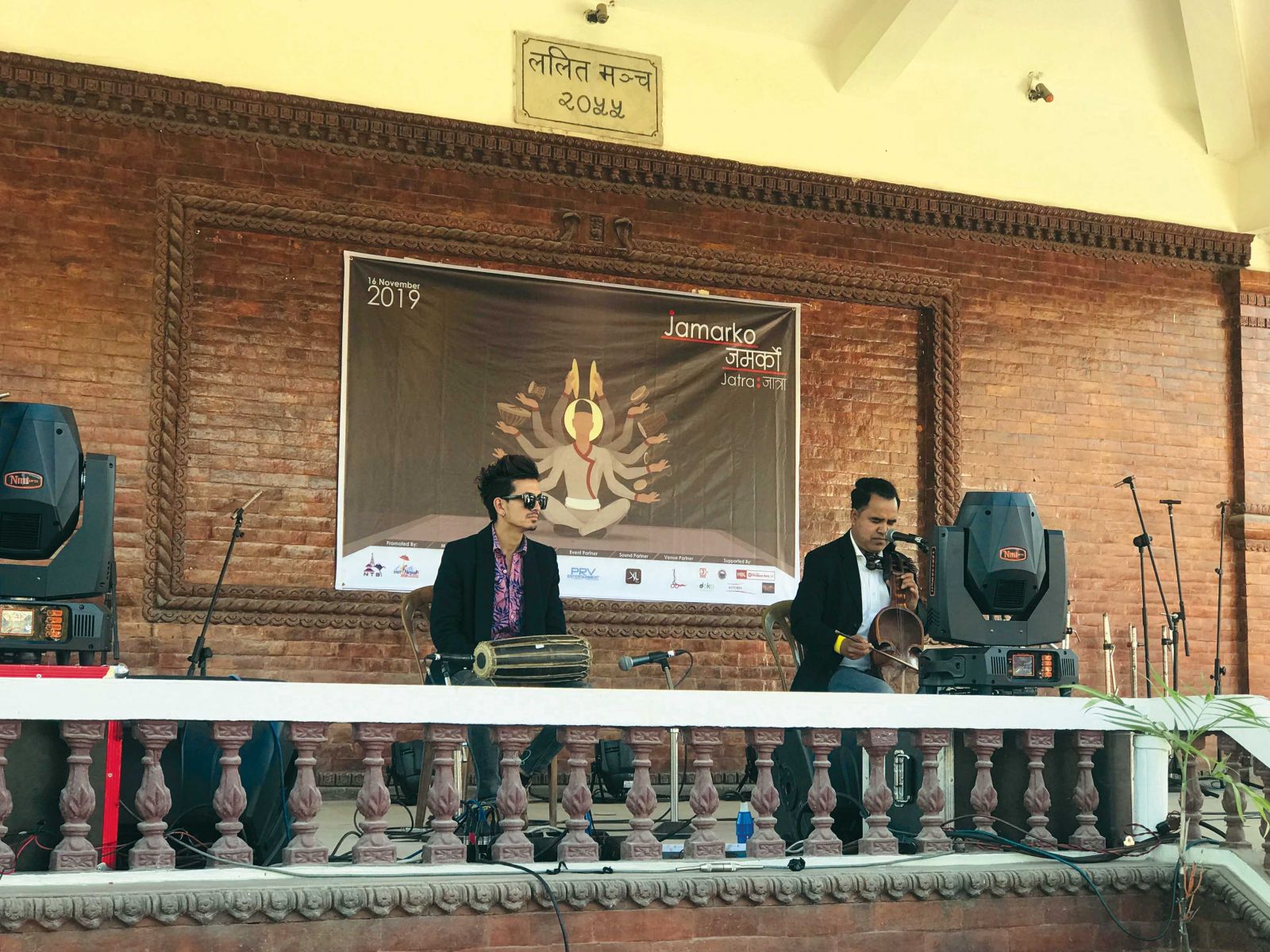
The opening performance was by the distinguished sarangi player, Shyam Nepali. He is also the founder of Himalayan Heritage Cultural Academy in Boston and gives sarangi lessons at Harvard University. His son, Prajol, played the madal beside him in this performance. It was very charming to see the duo of father and son using their instruments to shower the audience with magic. Kiran Nepali played the song Sani Sani Ye Jhilke Nani, composed by his own father, Magar Kancha Nepali. In a sense, it was a wonderful tribute to the predecessors of the musical heritage of their family. It really tells how deep music runs in their blood.
The next performance was by Na Tole Manka Khala, made up of members of their community. They played khein, basuri and dholak. They explained how different tunes (Dhuns) were played in different months. These Dhuns are not to be played at any other time except for their designated month. Asare Dhun is to be played only in Asar; Shrawane Dhun in Shrawan, an assortment of 9-10 different Dhuns in Gunla (a month in the Newari Calendar), Marsi Dhun in Yanla (another Newari month), Narayan Bhajan around Kartik and Mangsir, another assortment of 9-10 Dhuns from Basanta Panchami onwards, Falgu Mey (song) in Asthami and other different Dhuns in Chaitra and Baisakh. However, due to commercialization, this rule is not observed and these Dhuns are played randomly irrespective of their months
.
They were followed by the Samundra Band. The instruments they used were the sarangi, madal, arbajo and kartal. They played instrumental versions of songs, including Hookah Mero Champakali, Bala Joban, and Dhar Dhari Aashu ko Dhara. The last two songs were actually composed by the late Jhalak Man Gandarva, who is the lead instrumentalist’s father. Anil Gandarva comes from the Gandarva clan, a community of musicians who traditionally did not have a fixed residence but traveled around with their musical instruments. Anil calls his clan, ‘Musical Messengers.’ Gandarvas are mentioned in the Mahabharata, Purans and Upanishads and this program acknowledges their contributions to our folk music.
Project Tungna was so much fun to listen to. A tungna is an instrument somewhat similar to the guitar and is played mostly by Tamangs, Hyalmos and Sherpas of the Himalayan and hilly regions. Tibetans also have a different version of the tungna called a dhamiyan. They used the tungna, flute, damphu, and tinchu in their performances, playing the instrumentals Lekaka Hami Keta Keti, Hamro Bajeko Palama, Sano Ma Sano, Chyangba Hoi Chyangba, Ghonwomi Nyang (a traditional Tamang song), Kalkatte Kangyo, and more. When they played Man Chade Maichyang Lai, the audience reaction was immediate; everyone burst out happily.
At that moment, they had stolen our hearts with their impressive melody.Project Sarangi, who were also the organizers of the event, delivered fusion performances using traditional instruments like the sarangi, madal and dhime, along with modern ones like bass and acoustic guitars. Maybe they wanted to symbolize that both the modern and traditional could co-exist in harmony. If so, they were successful. They played Waltz No. 2, Tadha Tadha, Aamai Le Bhanthe, and their own composition,A Dance With You. As the organizer, Kiran Nepali and his team, including volunteers, did an exemplary job managing the event. His vision of preserving Nepali musical instruments and organizing this event to achieve it is, in every sense, admirable. He is also an excellent sarangi player. The event closed with a performance by him and as he laid his fingers on the sarangi, the atmosphere turned into one of merriment, as many audience members took to the dance floor.
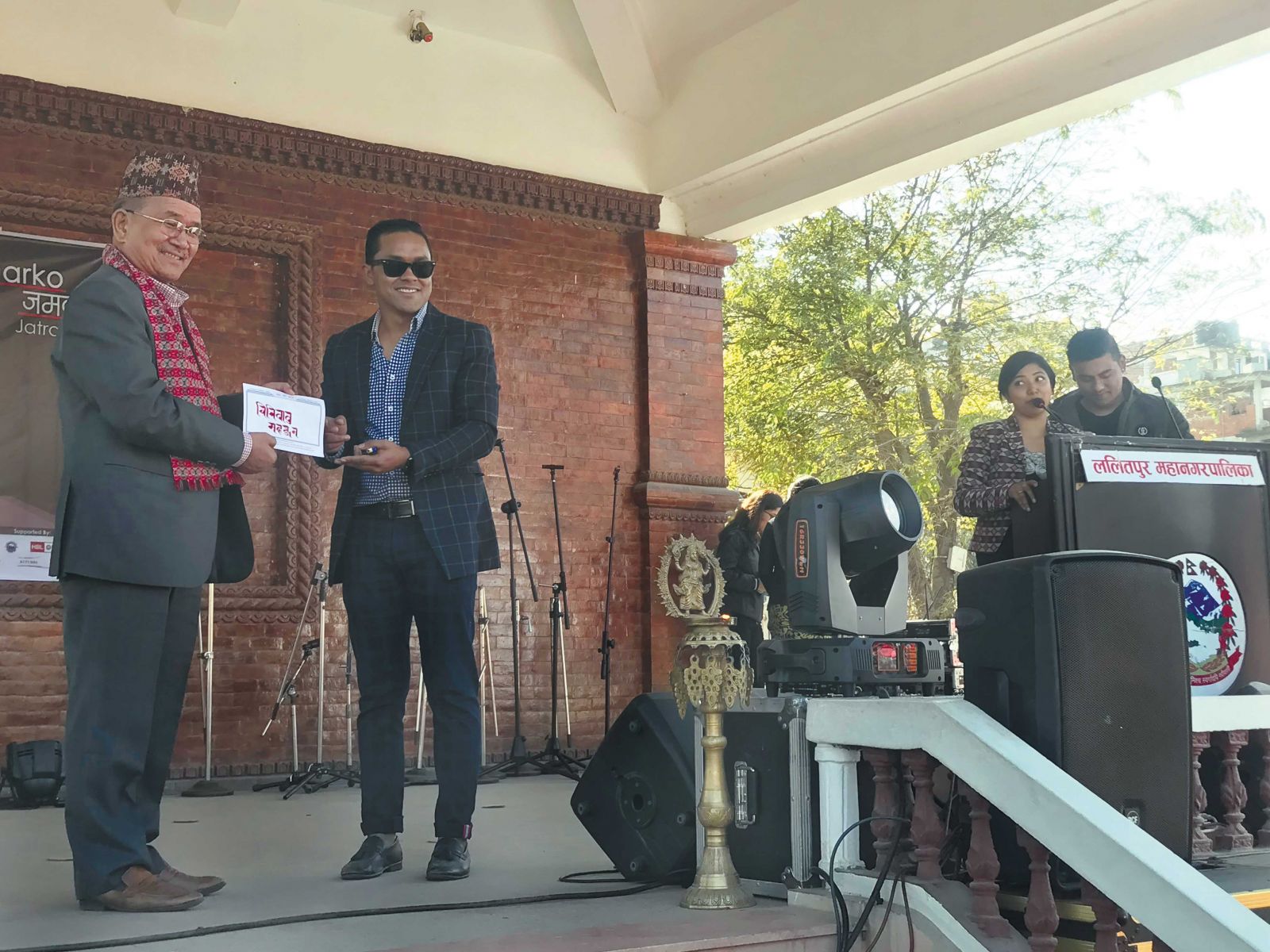
Purbeli Naumati Baja group took to the stage with their sahanai, dama, tamko, jhyali, narsingha, dholaki, and karnal. They played Jhim Jhim Sanu, Galbandhi Chyatyo Timile Tanera and Naya Sal ko Subha Kamana, among others. As the sahanai played, people were reminded of the wedding season and started to dance as if it was their best friend’s janti (wedding procession). The group explained how they learnt these skills from their family and community, and were committed to safeguarding them and passing them down in their own community first. It was great to have representation from the Brahmin and Chettri community in this program.
Jhigu Sira Baja Khala were joined by a couple of Lakhes. As they played and the Lakhes danced vigorously to their beats, the crowd was awestruck. Under normal circumstances, we get to watch the Lakhe dance only a couple of times a year and to get an opportunity like this was a special treat from Jamarko. A bunch of ladies in the group descended from the stage and started to dance themselves. The delicate movements of their hands, the twirling of their bodies and their luminous smiles had the audience mesmerized. They played the traditional instruments of the Newari community: dha, dhime, basuri, khein, and nya khein. Apart from giving lessons to the younger generation, they are engaged in blood donation programs, heritage sites cleaning campaigns, earthquake relief activities and also participated in Playing for Heritage with the well-known band, Kutumba.
ATM is a band formed by the merger of the bands of three different Guthis: Asan Baja Guthi, Tamrakar Baja Khala, and Tebahal Gunla Baja Guthi. They played the dha, bhusya and tah (also called tinchu). At first, they began playing on stage. Abruptly, in the middle of the performance, a group of their members started playing from the middle of the crowd. The audience loved it. But they weren’t done yet. After a while, part of their group began playing from the left and, then after a few minutes, from the right. It was a fantastic performance which was welcomed with thunderous applause. They explained to me how they give music lessons to other Guthiyars (members of a Guthi) and their children.

The second last performance was by the Nepali pop sensation Rohit Jung Chettri. As he sang the song, Bistarai Bistarai, the mood of the crowd turned soft and romantic—couples were clearlys enjoying themselves. As expected, after he left the stage, he was swarmed by his fans backstage. As mentioned earlier, the closing performance was by the organizer himself, Kiran Nepali. He charmed the crowd with his sarangi and I along with so many, had a great time.
It is important to remember that these bands are also giving lessons on how to play these traditional instruments. They have been the backbone of music preservation efforts. At a time when Westernization has swept away many of our traditional values and way of life, these instruments prove that Nepal has a vibrant, dynamic musical heritage. Let’s make a pledge together that they will not be lost to time!




